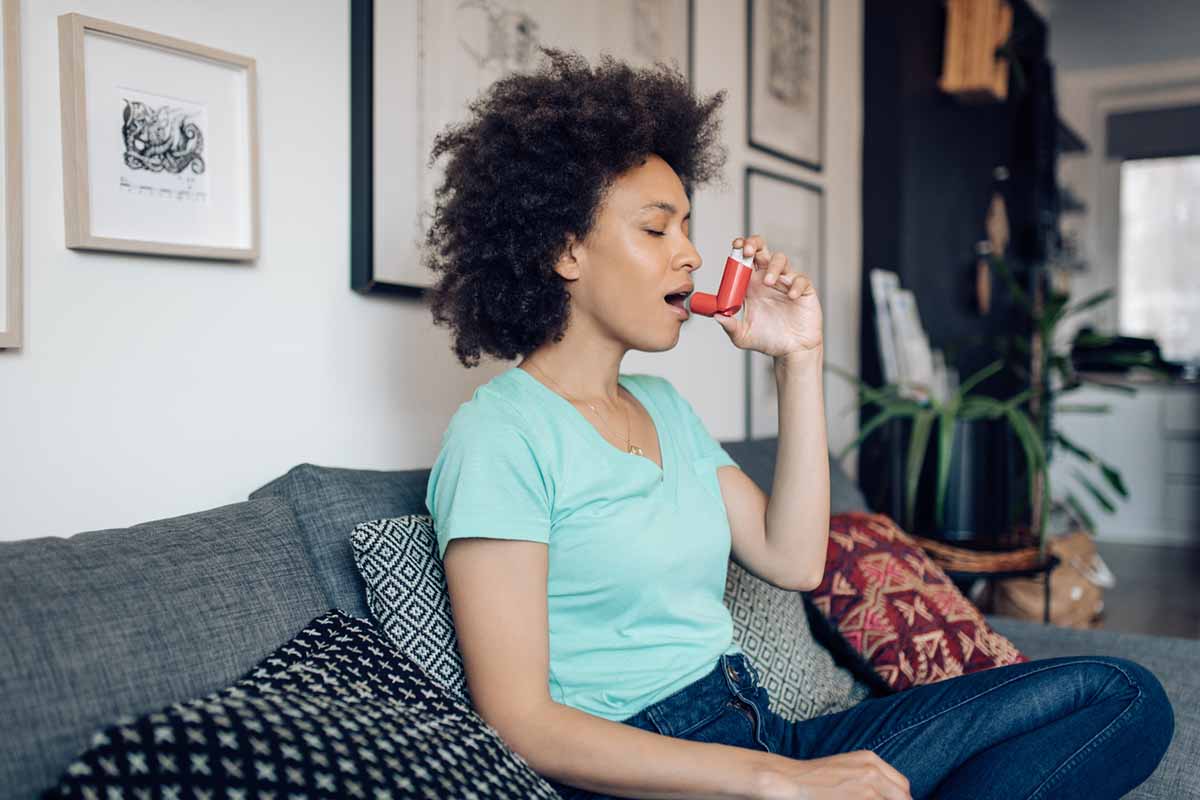
Prim Care Companion CNS Disord 2022;24(1):21br03002
To cite: Sleem A, Lippmann S. Deep brain stimulation can diminish depression in treatment-resistant patients. Prim Care Companion CNS Disord. 2022;24(1):21br03002.
To share: https://doi.org/10.4088/PCC.21br03002
© Copyright 2022 Physicians Postgraduate Press, Inc.
aDepartment of Psychiatry and Behavioral Sciences, University of Louisville School of Medicine, Louisville, Kentucky
*Corresponding author: Steven Lippmann, MD, 401 East Chestnut St, # 610, Louisville, KY 40202 ([email protected]).
Treatment-resistant depression exhibits varying degrees of refractoriness. After not responding to medications, psychotherapy, and neuromodulatory interventions like vagus nerve stimulation or transcranial magnetic stimulation, some people with treatment-resistant depression experience debilitating illness and have few further treatment options. Electroconvulsive therapy is another potentially effective treatment, but it commonly induces unpleasant memory impairment and connotes social stigma. Some patients still do not gain or sustain recovery despite all these attempts.1
Experimental treatments such as deep brain stimulation (DBS), an invasive neurosurgical intervention, could be considered for individuals with treatment-resistant depression. DBS is a well-established therapeutic option in patients with movement disorders.2 DBS was discovered to diminish affective symptoms serendipitously and is undergoing investigation for applications in patients with psychiatric illness, especially those with refractory obsessive-compulsive disorder or affective illness. DBS involves implanting leads in selected brain areas to deliver focal electrical pulses of adjustable frequency and intensity, targeted for involvement in the pathophysiology of the depression. The anatomic targets include the subgenual cingulate cortex, ventral capsule/ventral striatum, nucleus accumbens, and superolateral branch of the medial forebrain bundle. These locations are involved in cortico-basal-thalamic mood-regulatory circuits.1,3
Understanding of the neurobiology of depression is limited. Advances in neuroimaging research provide findings that lead to more clinical investigations.4 Despite encouraging open-label trials, some studies were discontinued early due to DBS results that did not significantly differentiate from those in subjects receiving sham stimulation. One meta-analysis5 of 12 trials documented that DBS improves mood and suggests that more research should focus on determining optimal stimulation parameters. Neuroengineering advancements might improve DBS efficacy with “a closed-loop system” that self-adjusts to feedback by the subject’s own neuronal activity.6
The mechanism of DBS action is unclear but might include a combination of interconnected processes. These processes may include synaptic fatigue leading to a functional lesion or direct inhibition of neurons reducing chaotic signals and improving the flow, while activating other pathways. Transient effects initially range from inducing tranquility and relaxation to euphoria. Long-term, repeated administrations of DBS are required for lasting therapeutic effects. Anxiety and hypomania are the main side effects of DBS, and they are avoidable through adjustment of stimulation parameters. However, procedural risks like intracranial hemorrhage, seizures, or infection are also documented.1
More study is needed before considering DBS for psychiatric indications. Surgical neuromodulation may offer therapies to attenuate neuropsychiatric disorders by influence on brain function.3 Ethical considerations are paramount, especially given the counter-productive, shameful history of surgical interventions in psychiatry.2 DBS remains a promising therapy that might help individuals recover from prolonged emotional suffering.
Published online: January 20, 2022.
Potential conflicts of interest: None.
Funding/support: None.
References (6)

- Dougherty DD, Widge AS, Greenberg BD. Deep Brain Stimulation for Highly Refractory Depression. In: Krames ES, Peckham PH, Rezai AR, eds. Neuromodulation (Second Edition). Academic Press; 2018: 1057–1072.
- Ramirez-Zamora A, Giordano J, Gunduz A, et al. Proceedings of the Seventh Annual Deep Brain Stimulation Think Tank: advances in neurophysiology, adaptive DBS, virtual reality, neuroethics and technology. Front Hum Neurosci. 2020;14:54.
- Roet M, Boonstra J, Sahin E, et al. Deep brain stimulation for treatment-resistant depression: towards a more personalized treatment approach. J Clin Med. 2020;9(9):2729. PubMed CrossRef
- Mayberg HS, Lozano AM, Voon V, et al. Deep brain stimulation for treatment-resistant depression. Neuron. 2005;45(5):651–660. PubMed CrossRef
- Hitti FL, Yang AI, Cristancho MA, et al. Deep brain stimulation is effective for treatment-resistant depression: a meta-analysis and meta-regression. J Clin Med. 2020;9(9):2796. PubMed CrossRef
- Widge AS, Malone DA Jr, Dougherty DD. Closing the loop on deep brain stimulation for treatment-resistant depression. Front Neurosci. 2018;12:175. PubMed CrossRef
Please sign in or purchase this PDF for $40.
Save
Cite

